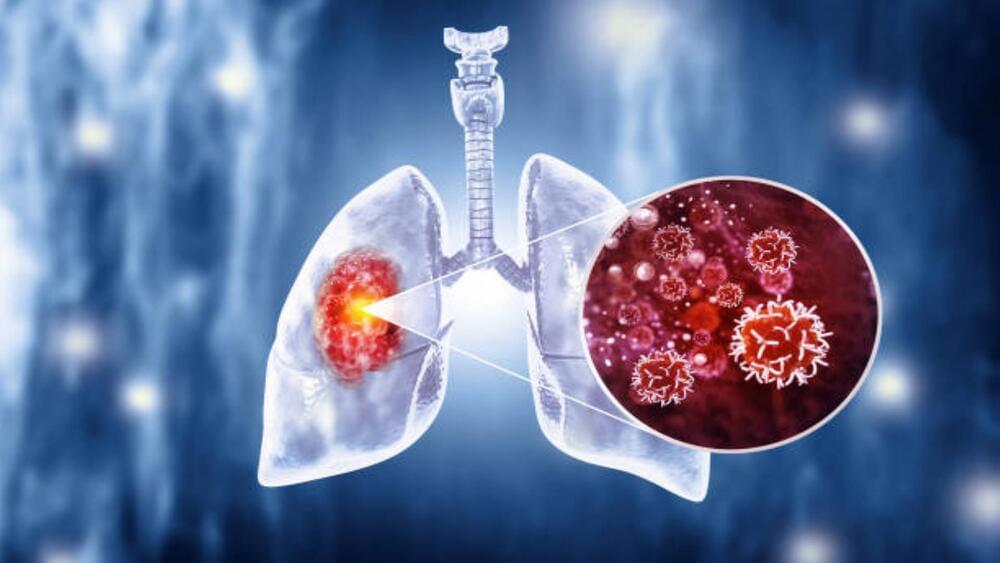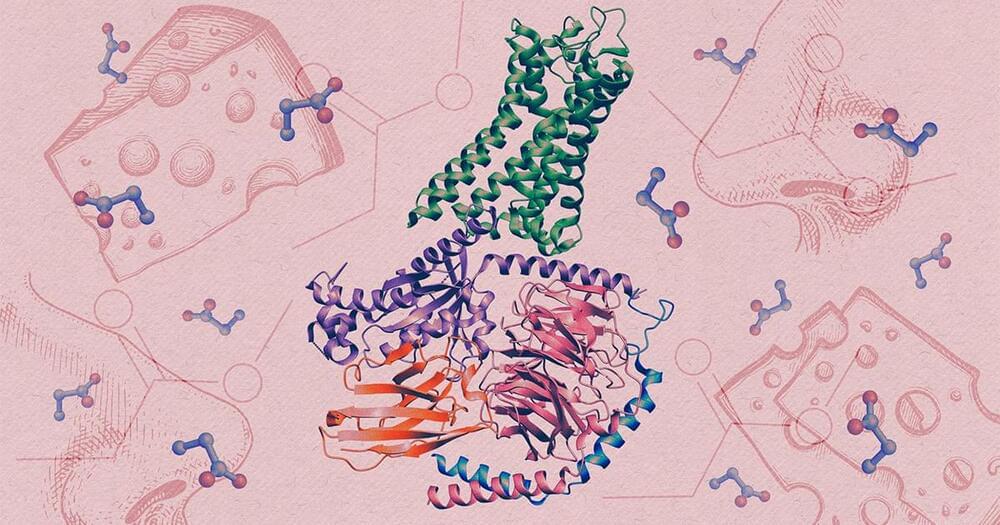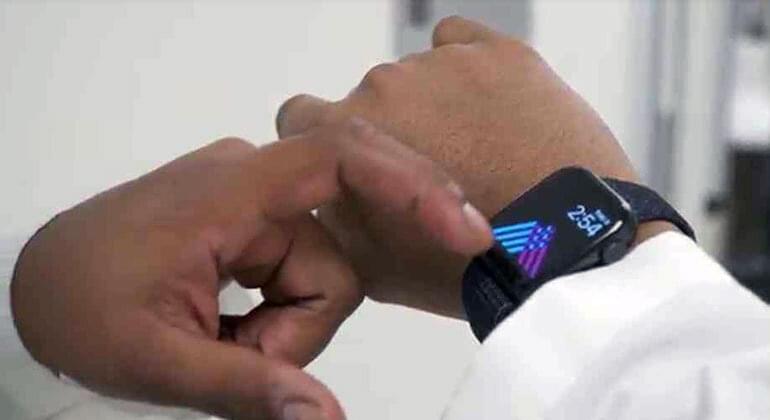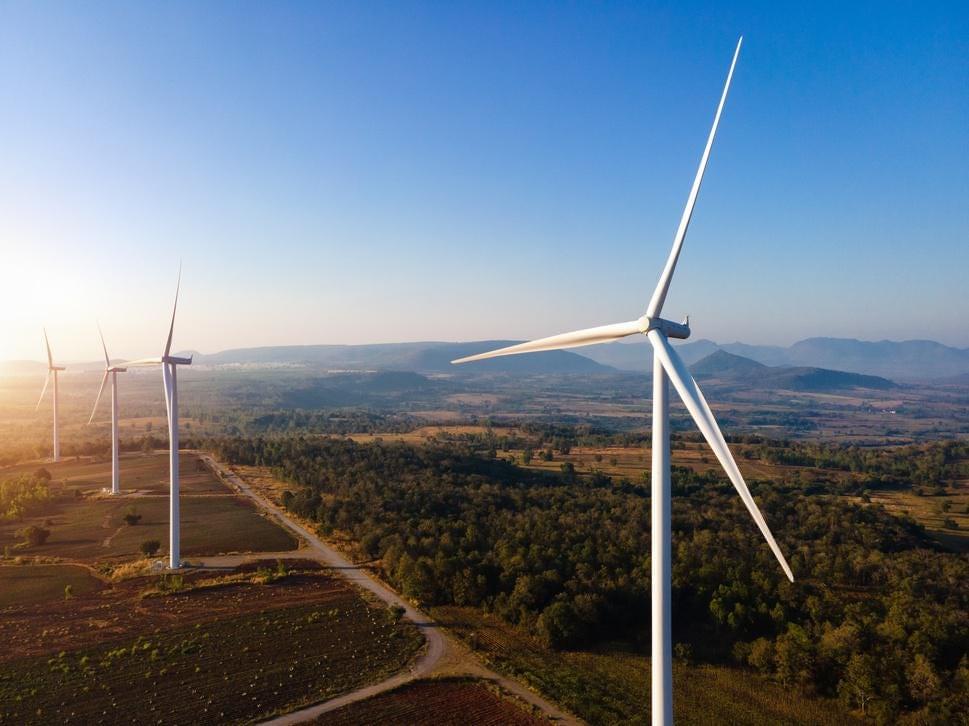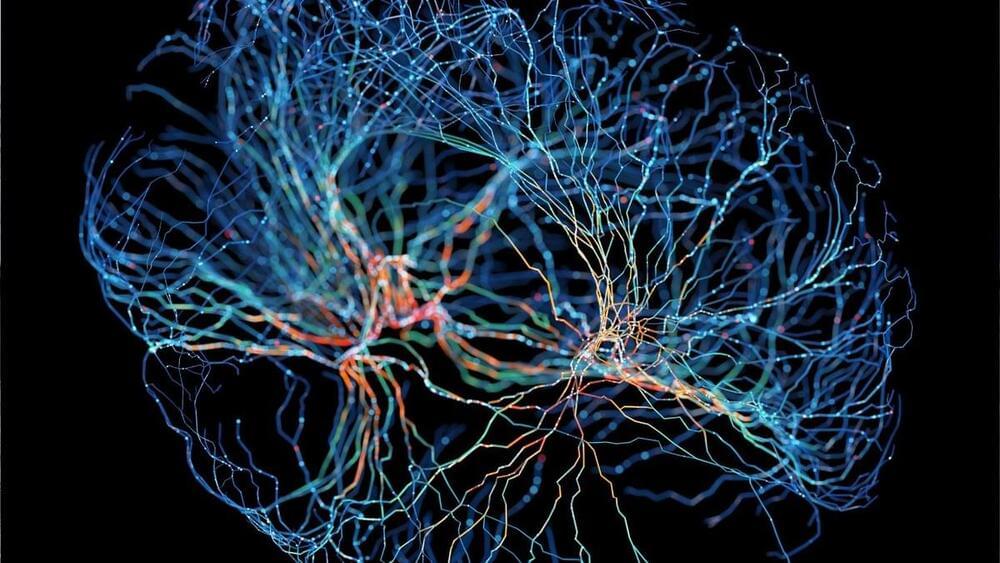The AI model employs radiomics, a technique for extracting critical information from medical images that are not always visible to the naked eye.
An artificial intelligence (AI) model that accurately identifies cancer has been developed by a team of scientists, doctors, and researchers from Imperial College London, the Institute of Cancer Research in London, and the Royal Marsden NHS Foundation Trust.
Reportedly, this new AI model uses radiomics, a technique that extracts critical information from medical images that may not be visible to the naked eye. This, in turn, aids in determining whether the abnormal growths detected on CT scans are cancerous.
